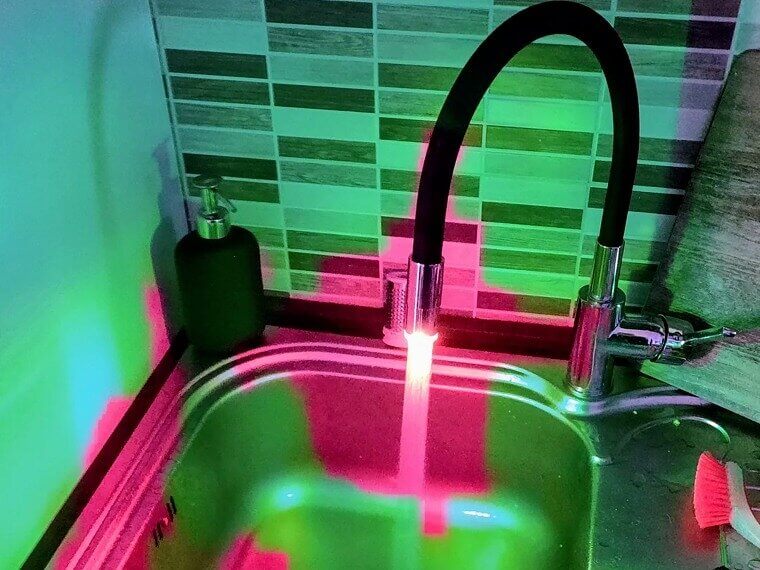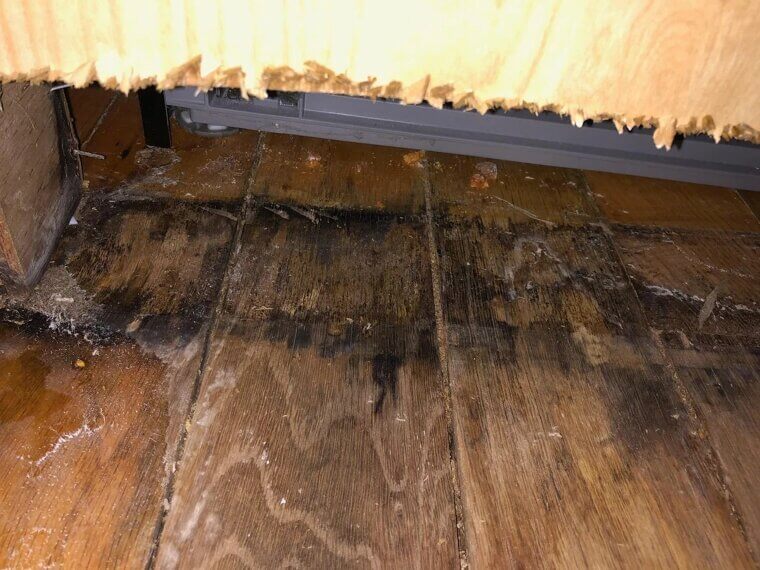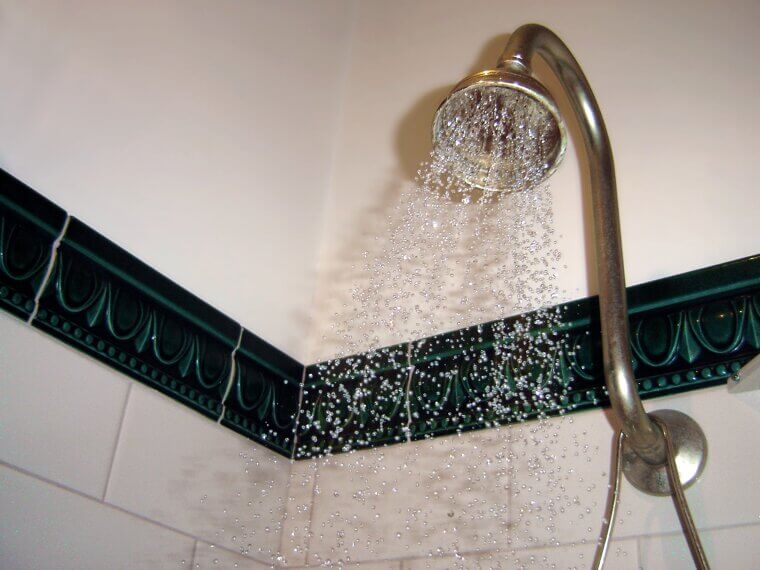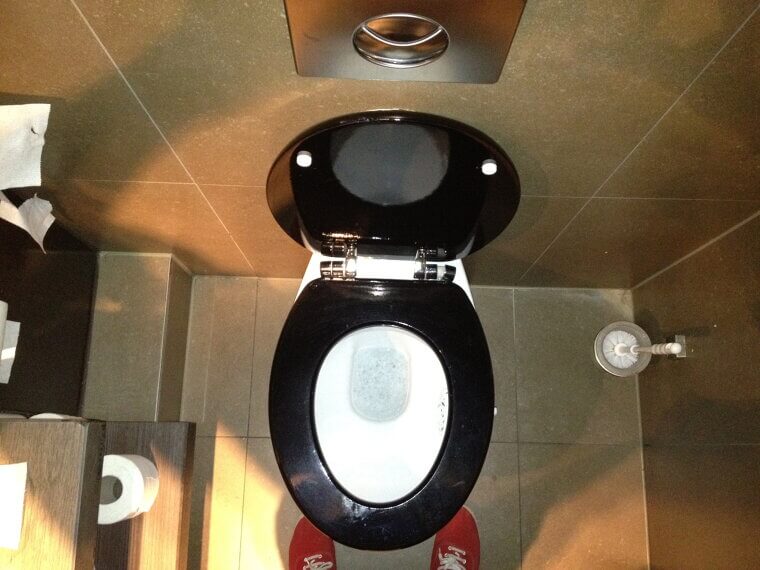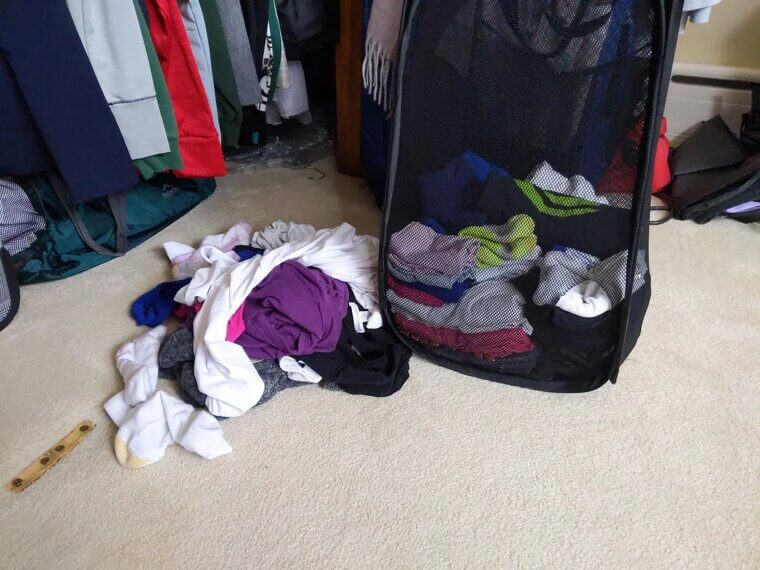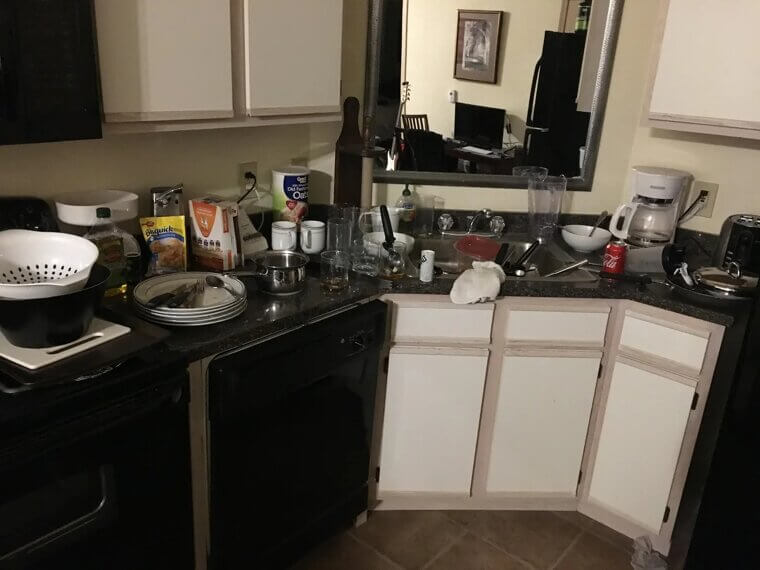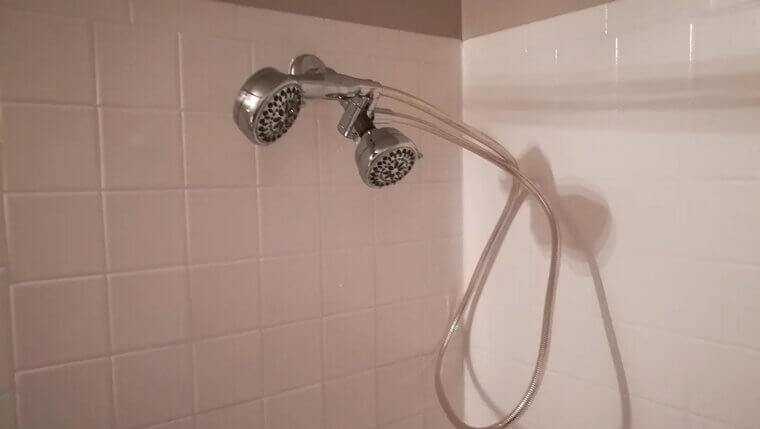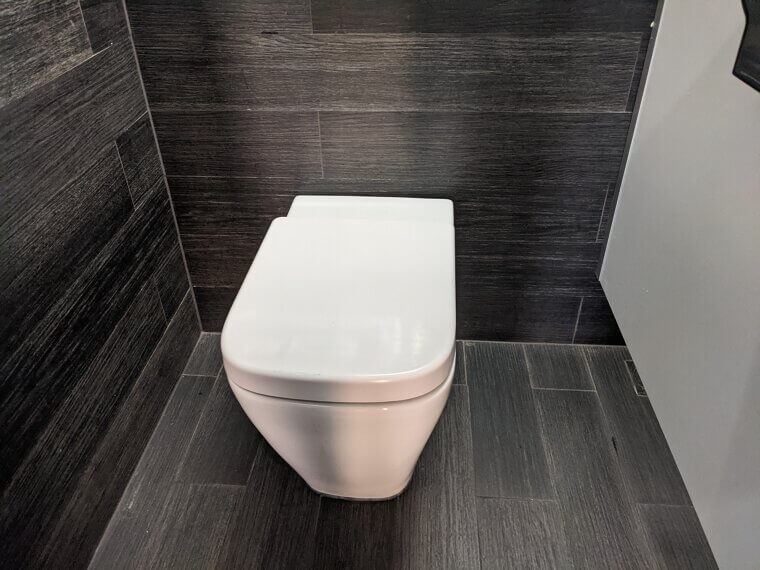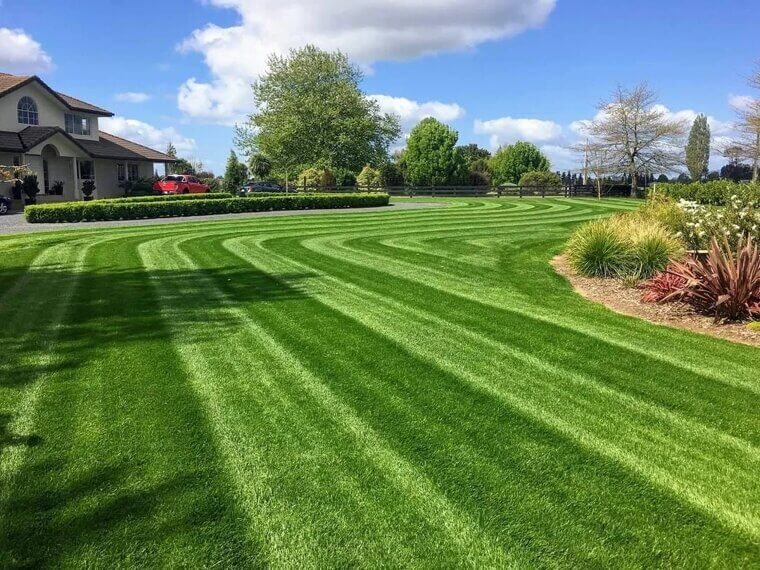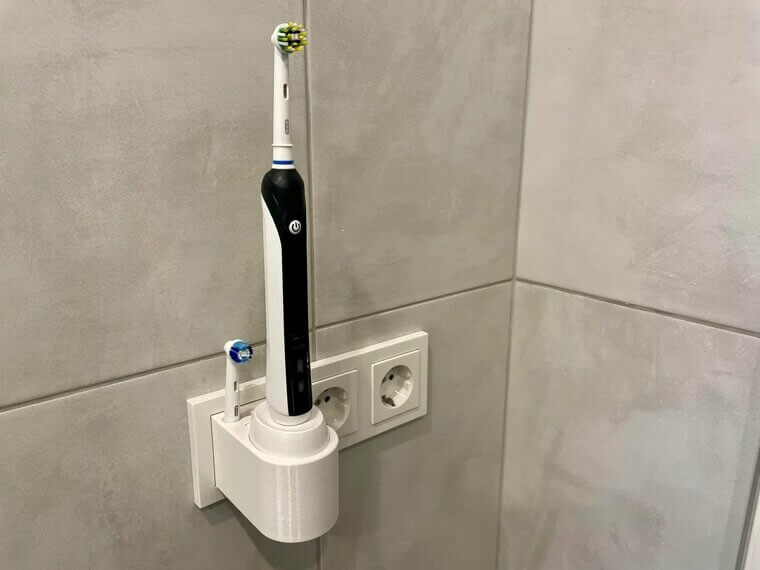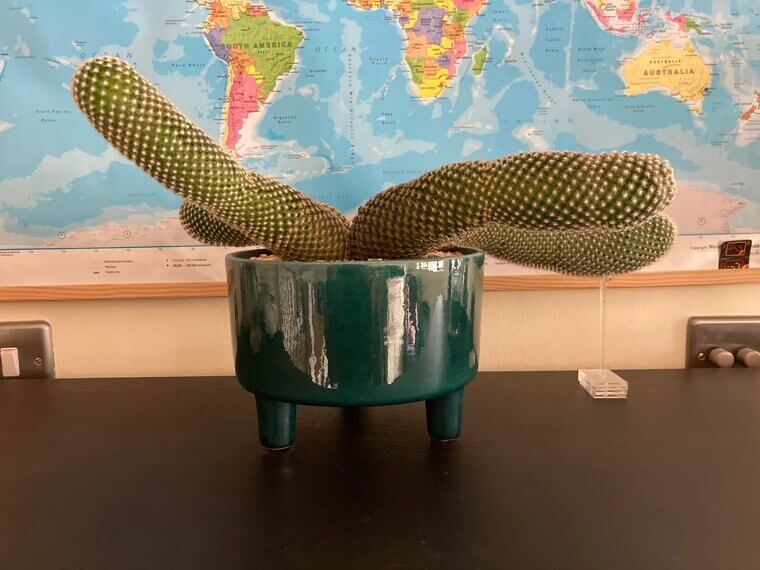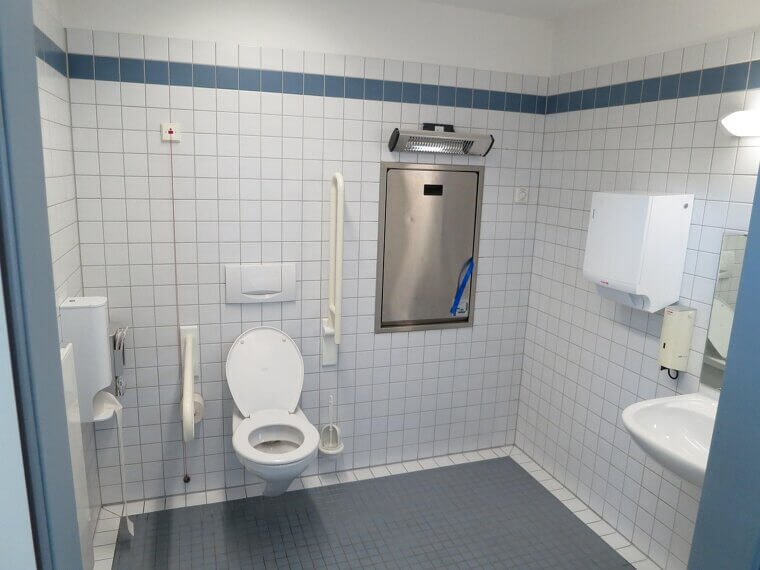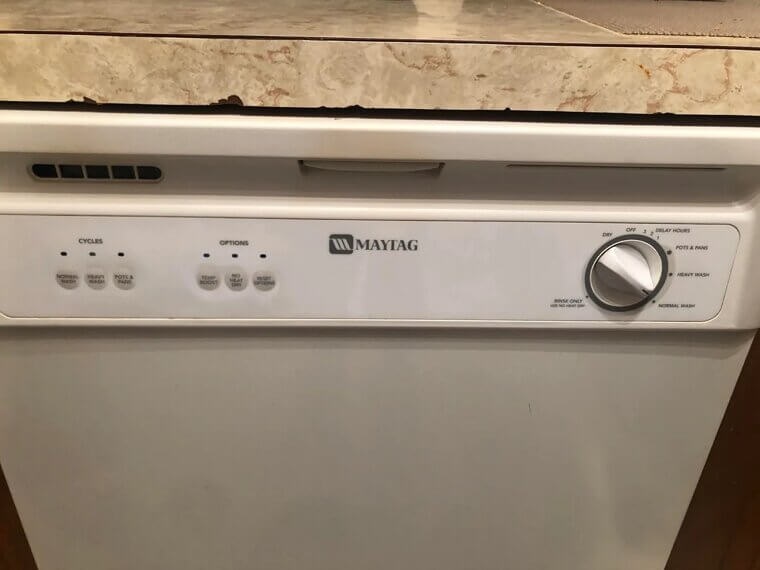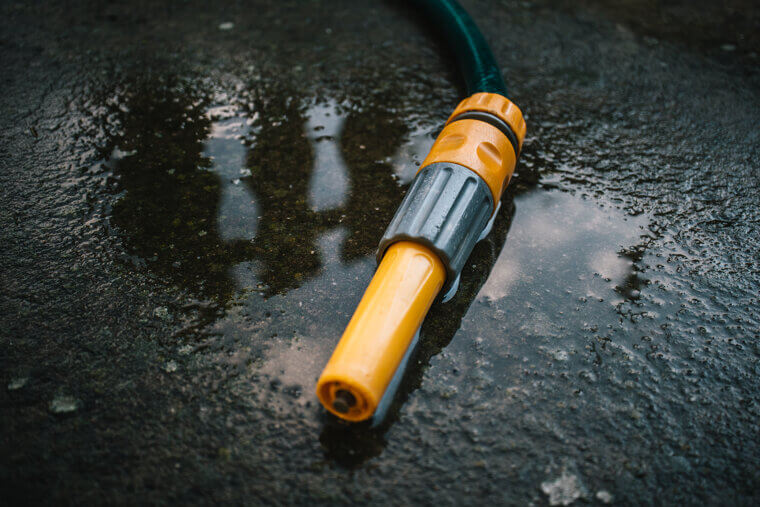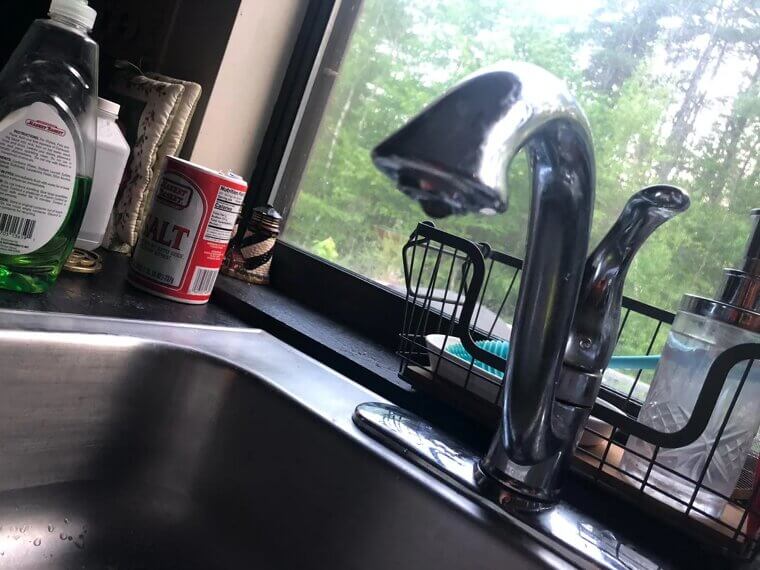These Simple Mistakes Are Causing Huge Water Wastage
It’s no secret that one of our biggest monthly expenses is utilities. Everyday essentials, such as water and electricity, are surprisingly expensive - especially when we waste them on unnecessary tasks. If you are hoping to save some money, there are a few simple habits and changes that you can make to your everyday life. Let’s take a closer look at 15 ways you are wasting water.
Leaky Pipes
According to experts, the average household wastes about 10,000 gallons of water per year through leaks. To avoid this, keep an eye out for leaky pipes and replace them as soon as possible.
Taking Baths and Long Showers
The average shower lasts between 5 and 9 minutes. If you leave the water running for this entire duration, you will use approximately 18 gallons of water, which is considerable. To cut back on your water usage, be sure to turn the water off when it’s not needed and avoid baths as much as possible.
Small Dishwasher Loads
Make sure that your dishwasher is completely full before running it, as this is an easy way to use more water than necessary. Moreover, consider running your machine on a light or eco-cycle, as this will use less water.
Why Flushing Trash Down the Toilet Causes Problems
Did you know that the toilet is responsible for almost one-third of the average household’s monthly water consumption? Each flush consumes approximately 9 litres, which is a significant amount. So, if you want to save on water, be sure to only flush when necessary. Also, don’t use your toilet as a trash can!
Small Laundry Loads
If you are going to do laundry, be sure that the size of your load justifies the water usage. If you only have one or two items that need washing, consider washing them by hand instead.
Washing Dishes With Running Water
Instead of washing your dishes with running water, fill up your sink with soapy water and allow your dishes to soak. You will then be able to easily wipe your dishes clean and prevent any unnecessary water wastage.
The Drawbacks of Standard Showerheads
Conventional showerheads use more water than necessary and do not distribute the flow efficiently. Instead, invest in a low-flow head, which only uses about 2 gallons of water per minute.
How Traditional Toilets Contribute to Water Waste
If you have an older toilet, chances are that it uses about 2 gallons more water when compared to modern toilets. While it may be pricey to invest in a new toilet, you will end up saving money on water in the long run.
Overwatering Your Lawn
When watering your lawn, be sure to do it before the heat of the day. When the sun comes out, the water will evaporate quickly, which ultimately makes the entire watering process useless.
Why Leaving the Tap On While Brushing Wastes Water
When brushing your teeth, be sure to turn the tap off. Allowing the water to run when you are not actually using it is a massive waste. Instead, simply turn it off after wetting your brush and turn it on again when you need to rinse.
Growing Water-Intensive Plants
If you have water-intensive plants in your garden, you more than likely spend a lot of money on your water bill every month - especially if you live in a dry and hot area. Instead, opt for plants that don’t require a lot of water, such as succulents.
Flushing Unnecessarily
Be sure to only flush your toilet when necessary. If you simply throw a tissue or a flushable face wipe away, it doesn’t need to be flushed straight away! Most toilets also have two flush settings: one that uses more water and one that uses less.
Using Outdated Appliances
Older appliances use significantly more water than newer ones. If your washing machine or dishwasher is more than 10 years old, it may be time to consider investing in a new one.
Not Using a Shutoff Nozzle
Shutoff nozzles are incredibly helpful when it comes to saving water. If you spend a lot of time in the garden, it is definitely worth the investment. When attached to your hose pipe, the nozzle will allow you to adjust the water pressure and even turn off the flow before doing so at the faucet.
Not Using Aerators
Aerators are simple tools that can be used to save hundreds of gallons of water on a monthly basis. Simply put, they mix air into the water, creating a softer, splash-free flow. This process also helps to conserve water without sacrificing pressure.

